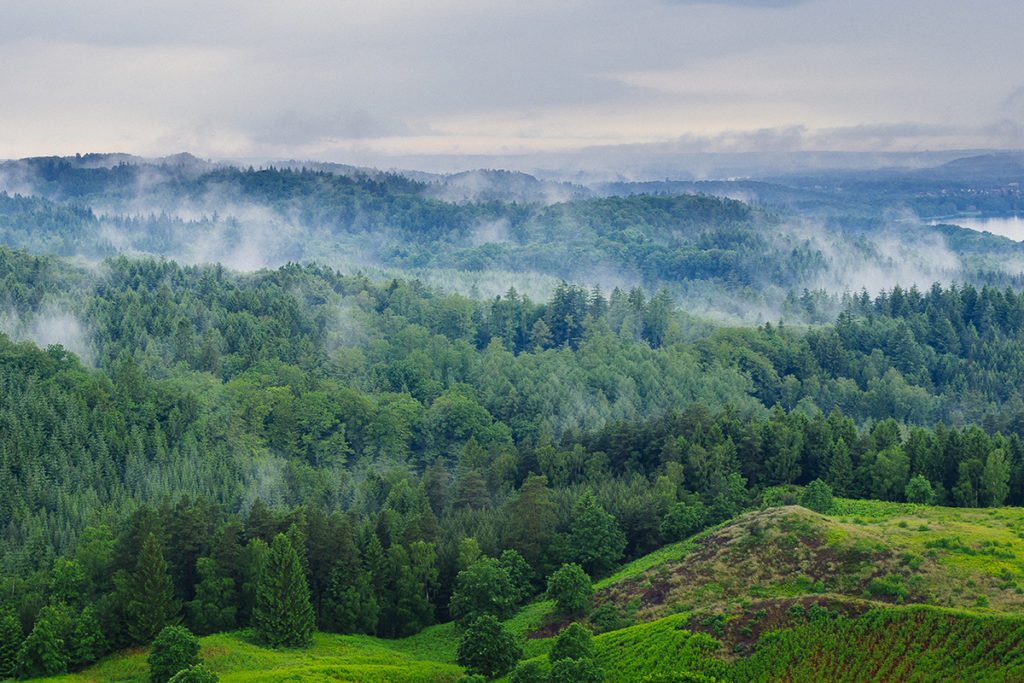Today marks the 50th anniversary of Earth Day. This holiday is devoted to our amazing planet and the resources we rely on. It is traditionally a day of environmentalism, devoted to sustainability and minimizing human impact on the environment.

Earth Day 2020 comes in the midst of the COVID-19 pandemic that has radically changed our lives and our world. At the same time, we are also worried about the prospect of another spring season bringing massive floods to the U.S. Midwest, devastating hurricanes along the Gulf Coast and East Coasts, and destructive wildfires in the West.
Still, there is reason for hope and even optimism as Earth Day reminds us to focus on two critical things: 1) we can make a difference with how we treat the Earth and 2) science matters. It is more important than ever to help students learn about the Earth. Indeed, the Greta Thunberg generation appears ready to roll up their sleeves and make decisions based on science. And it is our responsibility and our job to provide them with opportunities to explore Earth systems and the different factors that affect them.
We have created a set of free Earth science models and curriculum modules that leverage Earth system simulations to transform how Earth science is taught and learned at the secondary level. They are designed to engage students in explorations of Earth’s complex systems and the impact of human activity. We invite you to use them with your students today.